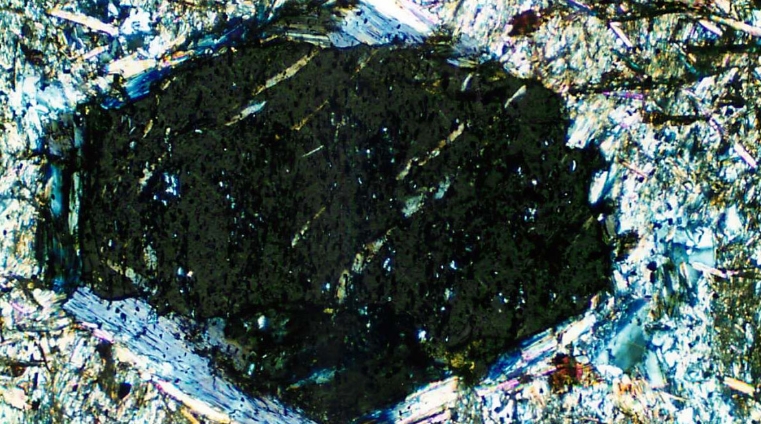Retrograde metamorphism is a geological process that involves the transformation of rocks through a series of reactions at relatively low temperatures and pressures. This process occurs when previously formed rocks are subjected to changing environmental conditions, leading to the alteration of their mineral composition and texture.
Understanding the Basics of Retrograde Metamorphism
Retrograde metamorphism is the opposite of prograde metamorphism, where rocks are subjected to increasing temperatures and pressures, often associated with the process of metamorphic rock formation. In retrograde metamorphism, rocks undergo changes in response to a decrease in temperature and pressure, leading to the breakdown of minerals and the formation of new ones.
Exploring the Mechanisms of Retrograde Metamorphism
One of the key mechanisms of retrograde metamorphism is the process of reaction and re-equilibration of minerals in response to changing environmental conditions. As rocks are exposed to lower temperatures and pressures, minerals may undergo phase changes, transforming into more stable phases. This can result in the formation of new minerals or the recrystallization of existing ones.
Examining the Effects of Retrograde Metamorphism on Rocks
Retrograde metamorphism can have a profound impact on the physical and chemical properties of rocks. It can lead to the alteration of mineral assemblages, changes in texture and fabric, and the development of new structures within the rock matrix. These changes can provide valuable insights into the geological history of a particular region, helping geologists unravel the mysteries of Earth’s past.
Uncovering the Significance of Retrograde Metamorphism in Geological Research
Studying retrograde metamorphism can provide valuable information about the processes that have shaped the Earth’s crust over millions of years. By analyzing the mineralogical and textural changes within rocks, geologists can better understand the tectonic, magmatic, and metamorphic events that have occurred in a particular area. Retrograde metamorphism also plays a crucial role in deciphering the thermal and pressure conditions that rocks have experienced throughout their geological history.
In conclusion, retrograde metamorphism is a fascinating geological process that offers valuable insights into the evolution of Earth’s crust. By exploring the mechanisms, effects, and significance of retrograde metamorphism, geologists can further our understanding of the complex processes that have shaped the world we live in.

